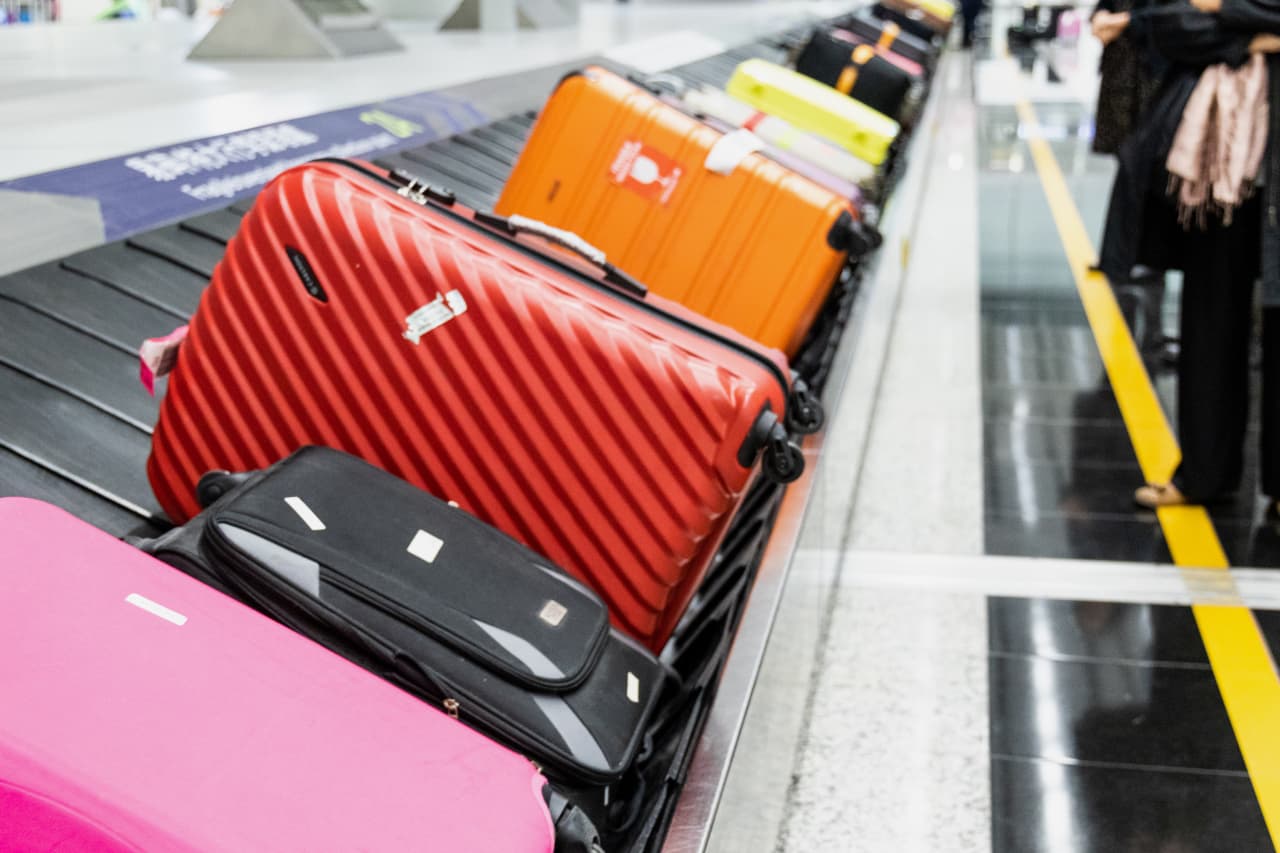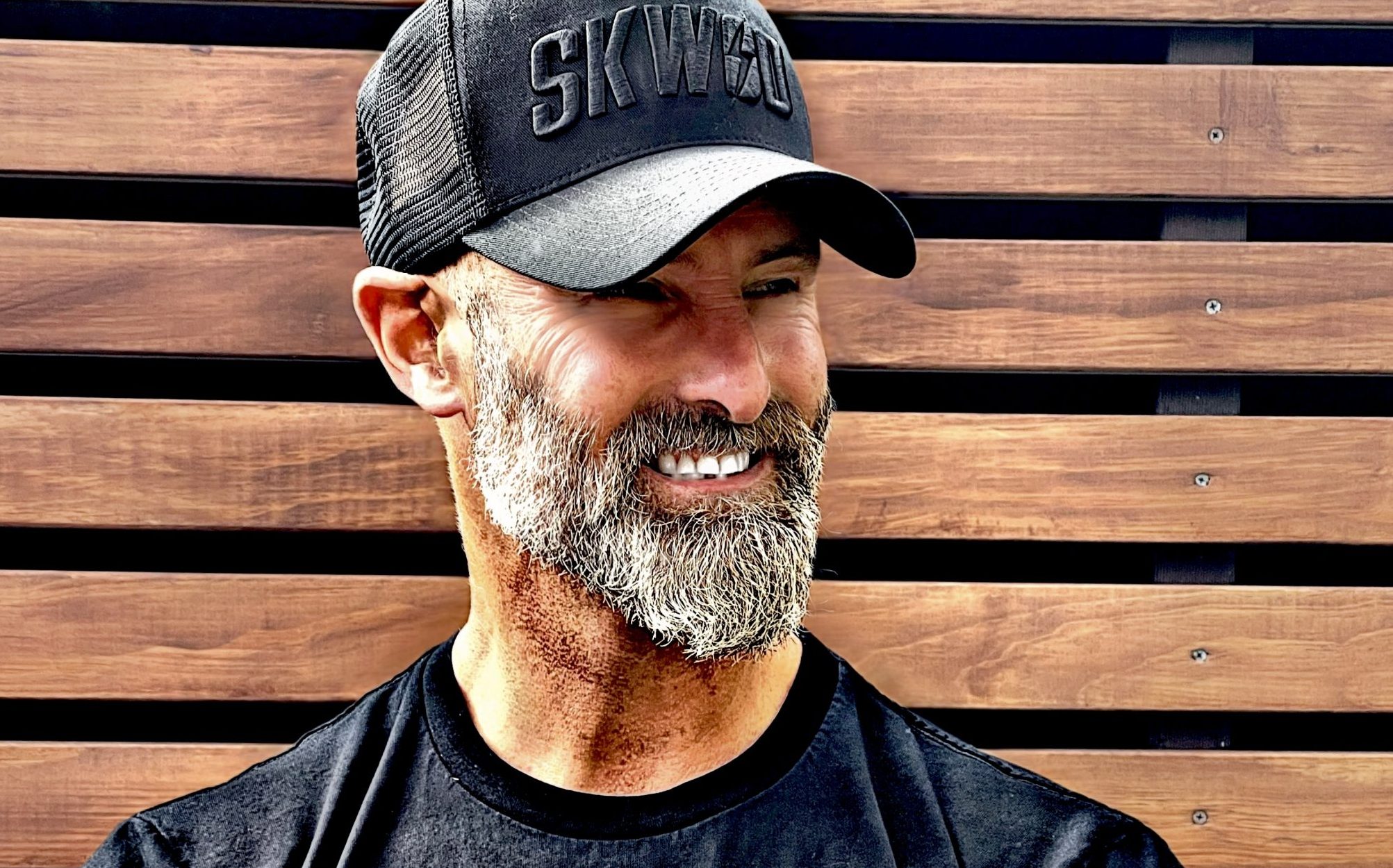Airlines Need to Boost Revenue. They’re Coming for Your Bags.
Airlines facing tough financial comparisons after a bumper year have a plan to boost revenue that fliers will hate. They’re raising the price of checking your bag.
Delta Air Lines , the latest company to announce a price hike, announced last week it was increasing the cost of a passenger’s first checked bag to $35 from $30 and a second bag to $45 from $40. The company last increased checked baggage fees in 2018. American Airlines and United Airlines made similar changes, raising baggage fees by about $5, and JetBlue Airways and Alaska Airlines have also raised prices.
Airline companies are dealing with a double whammy. Higher labour costs and an uptick in maintenance costs are eating into revenue. Meanwhile, domestic demand has softened , hitting pricing power for airlines.
Fees are a significant and growing source of revenue for airlines. U.S. airlines generated $6.8 billion from bag fees in 2022, according to the Bureau of Transportation Statistics , up from $5.3 billion in 2021. American Airlines generated $1.4 billion from baggage fees that year, which accounts for less than 3% of its 2022 revenue. United made $1.1 billion, or 2.6% of its 2022 revenue; Delta pocketed $980 million, or 2.1% of its 2022 revenue.
It’s likely those figures grew in 2023, a record-breaking year for travel with six of the 10 busiest days in U.S. aviation history, according to the Transportation Security Administration. With airlines hiking prices on the first checked bag by an average of 17%, that number could rise again this year.
That should help offset the decline in airfare. Ticket prices were 6% lower in January compared with the year-ago period, according to January’s consumer price index data. Online travel agency Hopper expects domestic fares to remain below 2023 and pre pandemic levels for at least the first half of the year.
Hopper’s lead economist Hayley Berg said more planes in the air have helped bring prices down. “Price relief on domestic airfare comes as domestic seat capacity has maintained at least a 5% lift over 2019 levels throughout 2023,” she said.
Ultimately, baggage fees account for between 2% and 3% of revenue for the largest U.S. airlines. But the market will be judging United, American, and Delta against a strong 2023, so every little helps. All three stocks have risen between 7% and 10% in 2024. And there are other more important factors, such as costs, demand, and capacity constraints, that will have a larger impact on earnings.
Of course, earnings aren’t the first thing on the minds of travellers who are now getting hit with higher fees.
 Copyright 2020, Dow Jones & Company, Inc. All Rights Reserved Worldwide. LEARN MORE
Copyright 2020, Dow Jones & Company, Inc. All Rights Reserved Worldwide. LEARN MORE
A divide has opened in the tech job market between those with artificial-intelligence skills and everyone else.
A 30-metre masterpiece unveiled in Monaco brings Lamborghini’s supercar drama to the high seas, powered by 7,600 horsepower and unmistakable Italian design.
A divide has opened in the tech job market between those with artificial-intelligence skills and everyone else.
There has rarely, if ever, been so much tech talent available in the job market. Yet many tech companies say good help is hard to find.
What gives?
U.S. colleges more than doubled the number of computer-science degrees awarded from 2013 to 2022, according to federal data. Then came round after round of layoffs at Google, Meta, Amazon, and others.
The Bureau of Labor Statistics predicts businesses will employ 6% fewer computer programmers in 2034 than they did last year.
All of this should, in theory, mean there is an ample supply of eager, capable engineers ready for hire.
But in their feverish pursuit of artificial-intelligence supremacy, employers say there aren’t enough people with the most in-demand skills. The few perceived as AI savants can command multimillion-dollar pay packages. On a second tier of AI savvy, workers can rake in close to $1 million a year .
Landing a job is tough for most everyone else.
Frustrated job seekers contend businesses could expand the AI talent pipeline with a little imagination. The argument is companies should accept that relatively few people have AI-specific experience because the technology is so new. They ought to focus on identifying candidates with transferable skills and let those people learn on the job.
Often, though, companies seem to hold out for dream candidates with deep backgrounds in machine learning. Many AI-related roles go unfilled for weeks or months—or get taken off job boards only to be reposted soon after.
Playing a different game
It is difficult to define what makes an AI all-star, but I’m sorry to report that it’s probably not whatever you’re doing.
Maybe you’re learning how to work more efficiently with the aid of ChatGPT and its robotic brethren. Perhaps you’re taking one of those innumerable AI certificate courses.
You might as well be playing pickup basketball at your local YMCA in hopes of being signed by the Los Angeles Lakers. The AI minds that companies truly covet are almost as rare as professional athletes.
“We’re talking about hundreds of people in the world, at the most,” says Cristóbal Valenzuela, chief executive of Runway, which makes AI image and video tools.
He describes it like this: Picture an AI model as a machine with 1,000 dials. The goal is to train the machine to detect patterns and predict outcomes. To do this, you have to feed it reams of data and know which dials to adjust—and by how much.
The universe of people with the right touch is confined to those with uncanny intuition, genius-level smarts or the foresight (possibly luck) to go into AI many years ago, before it was all the rage.
As a venture-backed startup with about 120 employees, Runway doesn’t necessarily vie with Silicon Valley giants for the AI job market’s version of LeBron James. But when I spoke with Valenzuela recently, his company was advertising base salaries of up to $440,000 for an engineering manager and $490,000 for a director of machine learning.
A job listing like one of these might attract 2,000 applicants in a week, Valenzuela says, and there is a decent chance he won’t pick any of them. A lot of people who claim to be AI literate merely produce “workslop”—generic, low-quality material. He spends a lot of time reading academic journals and browsing GitHub portfolios, and recruiting people whose work impresses him.
In addition to an uncommon skill set, companies trying to win in the hypercompetitive AI arena are scouting for commitment bordering on fanaticism .
Daniel Park is seeking three new members for his nine-person startup. He says he will wait a year or longer if that’s what it takes to fill roles with advertised base salaries of up to $500,000.
He’s looking for “prodigies” willing to work seven days a week. Much of the team lives together in a six-bedroom house in San Francisco.
If this sounds like a lonely existence, Park’s team members may be able to solve their own problem. His company, Pickle, aims to develop personalised AI companions akin to Tony Stark’s Jarvis in “Iron Man.”
Overlooked
James Strawn wasn’t an AI early adopter, and the father of two teenagers doesn’t want to sacrifice his personal life for a job. He is beginning to wonder whether there is still a place for people like him in the tech sector.
He was laid off over the summer after 25 years at Adobe , where he was a senior software quality-assurance engineer. Strawn, 55, started as a contractor and recalls his hiring as a leap of faith by the company.
He had been an artist and graphic designer. The managers who interviewed him figured he could use that background to help make Illustrator and other Adobe software more user-friendly.
Looking for work now, he doesn’t see the same willingness by companies to take a chance on someone whose résumé isn’t a perfect match to the job description. He’s had one interview since his layoff.
“I always thought my years of experience at a high-profile company would at least be enough to get me interviews where I could explain how I could contribute,” says Strawn, who is taking foundational AI courses. “It’s just not like that.”
The trouble for people starting out in AI—whether recent grads or job switchers like Strawn—is that companies see them as a dime a dozen.
“There’s this AI arms race, and the fact of the matter is entry-level people aren’t going to help you win it,” says Matt Massucci, CEO of the tech recruiting firm Hirewell. “There’s this concept of the 10x engineer—the one engineer who can do the work of 10. That’s what companies are really leaning into and paying for.”
He adds that companies can automate some low-level engineering tasks, which frees up more money to throw at high-end talent.
It’s a dynamic that creates a few handsomely paid haves and a lot more have-nots.
Once a sleepy surf town, Noosa has become Australia’s prestige property hotspot, where multi-million dollar knockdowns, architectural showpieces and record-setting sales are the new normal.
A divide has opened in the tech job market between those with artificial-intelligence skills and everyone else.





















